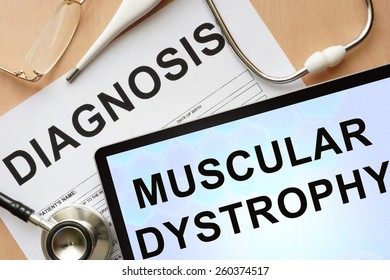
Although rare, Duchennes is the most common type of muscular dystrophy seen. It is a genetic condition, unfortunately resulting in rapid, progressive muscle deterioration. Life quickly becomes challenging for both the individual and their family.
Diagnosis is often seen between the ages of 3 and 5, often becoming dependent on a wheelchair between 7 and 14 years old. With early intervention individuals can now live into their 30’s. Unfortunately, movement becomes increasingly difficult for the individual with added effort required for all tasks. Due to progressive muscle deterioration, the heart also becomes effected, eventually causing difficulty breathing.
Causes of Duchennes Muscular Dystrophy…
Duchenne is the result of changes in DNA, specifically the X-linked gene. While women have several X-linked genes, men only have one. Therefore, if a male has DNA changes in his one X-linked gene, those changes could lead to the Duchennes. Changes to the X-linked gene results in changes of proteins found in muscles cells, which causes muscle wasting to occur. Women can be carriers of the X-linked gene, passing it on their children. On the flip side, men cannot pass the gene to their sons, but can pass it on to their daughters (who then becoming carriers).

Diagnosing Duchennes Muscular Dystrophy
- General examination by PCP
- Blood work
- Gene testing
- Muscle biopsy
Treatment…
It is important to note, at this time, there is no known cure for Duchennes Muscular Dystrophy. Early detection is key, as known with many conditions, and if there is suspicion don’t be afraid to push and advocate for your child/family member. We all know that old saying “the squeaky wheel gets greased”, so push for testing, a second opinion, or whatever you feel in your heart this child needs.
Just because there is no known cure does not mean this condition cannot be treated for many years. Management of this medical condition can be done through some, or all, of the following:
- Prescription medications such as corticosteroids (to help with heart function) and glucocorticoids (to slow down structural changes that may occur in the spine related to muscle weakness)
- Use of braces for support with standing, joint protection, and prevention of contractures
- Assistive devices/Durable medical equipment
- Routine physician visits, including a cardiologist
- Exercise (to tolerance)
- When breathing difficulties arise, assisted ventilation or tracheostomy may be necessary
- Physical therapy, Occupational therapy
- Environmental modifications/home adaptations (if you are reading this blog, you have come to the right place)
